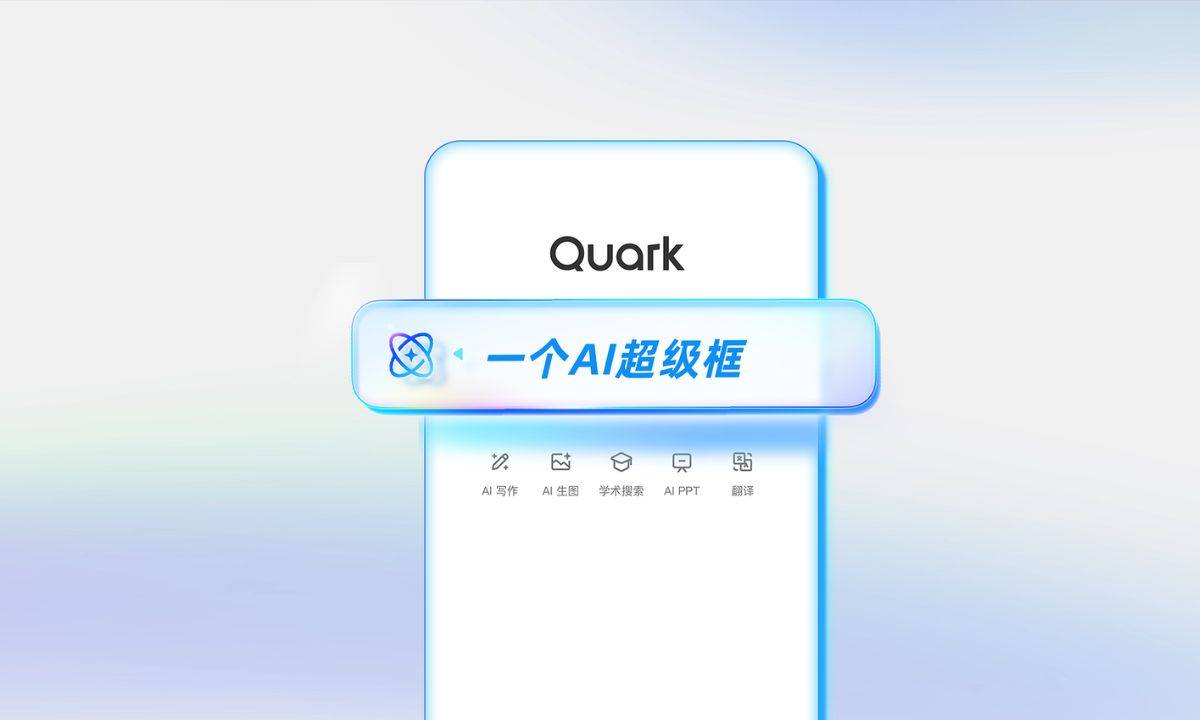
Alibaba Group unveiled a first-of-its-kind digital factory on Thursday at the Global Lighthouse Network‘s first annual meeting hosted by the World Economic Forum to recognize groundbreaking innovations in the manufacturing sector.
Founded in 2018, Xunxi Digital Factory is part of Alibaba’s long-term vision of building a digitized economy based on what company founder Jack Ma called the “Five New” strategy comprising New Retail, New Manufacturing, New Finance, New Technology and New Energy.
The factory falls under New Manufacturing, which aims to create a user-centric approach to production by leveraging various digital solutions, including cloud computing, IoT technologies and AI algorithms.
“When we started our digital factory initiative, the whole driving force was about consumption change,” Alibaba Group Chairman and CEO Daniel Zhang said at the WEF event. “How can we upgrade the supply to meet the quick-changing demands of customers and, most importantly, how can we share the insights of customer behaviors on the digital platforms and create new products fitting to the customer needs? That was the starting point of our new project.”
Making Manufacturing Faster and Greener
Unlike traditional manufacturing, which takes the “made-to-stock” approach, Xunxi is designed for “made-to-sell” production informed by consumer insights and real-time market trends aggregated from the Alibaba’s e-commerce platforms.
Technology is also leveraged throughout the factory to streamline the production process. For example, there’s an AI-driven advanced planning system that helps with scheduling and adjusting workflows to ensure maximum efficiency. By processing real-time feeds gathered from thousands of IoT touchpoints across the manufacturing floor, the system can alert staff and operators of any issues that arise so that they can be solved on the spot.
WATCH: Alibaba’s Xunxi brings New Manufacturing model to factories
Even physical equipment is fitted with digital capabilities for a more efficient and sustainable approach to manufacturing. At Xunxi, a laser cutting machine uses AI vision technologies to prevent errors while AI algorithms in washing machines have effectively cut down the factory’s water consumption by 50%, the company said.
The Right Fit for Consumers and SMEs
Xunxi has chosen to apply its technologies and production model to the apparel industry as a starting point because it’s an industry where consumers are showing a constantly accelerating demand for more-personalized designs – something that large-scale mass production is unable to deliver.
“Traditionally, it takes apparel brands roughly 30 weeks to bring designs from the runway into actual production. By the time they are in stores, there is a good chance the consumer has moved on,” said Alain Wu, the CEO of Xunxi.
WATCH: Xunxi CEO Alain Wu on the impact of New Manufacturing
Thanks to its digital technologies, the Xunxi factory prototype has been able to achieve a 75% shorter order lead time. Its flexible infrastructure also allows for minimum order quantities to be reduced to 100 pieces, lowering the manufacturing barriers for micro, small and medium-sized businesses, and also allowing for more individualized products to be made.
Using Xunxi’s model, overheads have also been reduced by 43% and the need to hold inventory by 30%, the company said.
The factory is currently being upgraded to include in-house logistics and warehousing capabilities. In the future, it will become a one-stop production solution for companies, covering everything from material sourcing to consumer deliveries.
“The purpose of Xunxi is not just to increase production efficiency, because that is only a part of the whole value chain,” said Wu. “We hope to use our ‘made-in-cloud’ production to enable small and medium-sized businesses to stay competitive in the fast-moving fashion market … Our purpose is very simple: We would like to help them make their businesses easier.”
Sign up for our newsletter to receive the latest Alibaba updates in your inbox every week.




